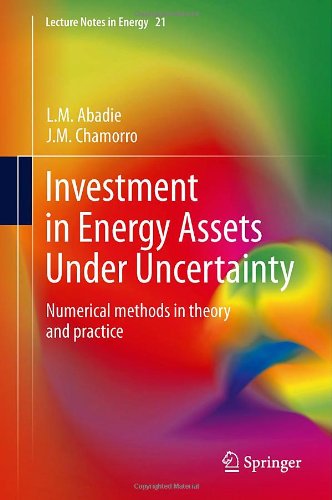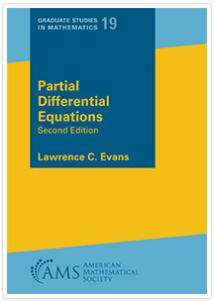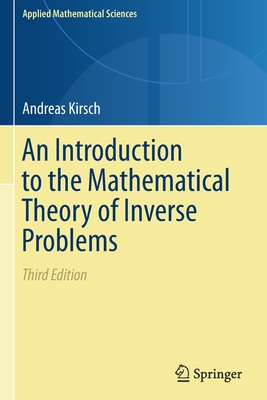
Investment in Energy Assets Under Uncertainty:Numerical methods in theory and practice(Lecture Notes in Energy)
能源化学
¥
1500.00
售 价:
¥
1200.00
优惠
平台大促 低至8折优惠
发货周期:外国库房发货,通常付款后3-5周到货
作 者
出 版 社
出版时间
2013年11月27日
装 帧
页 码
187
语 种
英文
综合评分
暂无评分
- 图书详情
- 目次
- 买家须知
- 书评(0)
- 权威书评(0)
图书简介
This book aims to provide a rigorous yet pragmatic approach to the valuation and management of investments in the energy sector. Time and uncertainty pervade most if not all issues relevant to energy assets. They run from the early stage of prototype and demonstration to the ultimate abandonment and decommissioning. Risk in particular appears in several areas; thus, one can distinguish technical risk from financial risk. Furthermore, the extent to which one can react to them is different (just think of price risk and regulation risk). Markets in general, and financial markets in particular, regularly put a price on a number of assets which differ in their return/risk characteristics. And academia has developed sound financial principles for valuation purposes in a number of contexts. Nonetheless, the physical characteristics of the assets involved also play a key role in their valuation if only because of the restrictions that they entail.There are some instances in which the practitioner/researcher is able to come up with an analytical solution to the valuation problem. Typically, however, these instances are limited because of their relying on stylized facts or idealized frameworks. Unfortunately, many relevant instances lack analytical solutions, so one must resort to numerical methods. The book clearly explains how to implement them in a meaningful way. Their usefulness is further enhanced when numerical estimates of relevant parameters are derived from actual market prices (as long as these are available and reliable).The book starts from the basics of valuation in a dynamic, certain context. The second part then considers uncertainty and introduces a number of useful results and tools to grapple effectively with it. The last part applies these tools to the valuation of energy assets in a sequential manner, i.e. by considering one, two and three sources of risk. The last chapter provides examples of joint optimal management and value maximization in conventional power plants.
本书暂无推荐
本书暂无推荐














